Turkish Van
Turkish Van
America’s Water-Loving and Bold Feline
1. Introduction to the Breed
The Turkish Van, securing the #41 spot among the top cat breeds owned by Americans in 2024, is a water-loving and bold feline renowned for its van-patterned coat and adventurous personality. Known for their unique affinity for water and playful nature, Turkish Vans are ideal for active owners seeking a spirited, engaging companion. Their striking fur and energetic demeanor make them perfect for spacious households, from suburban homes to rural settings, where their vibrant charm and curiosity bring excitement and warmth.
2. History of the Breed
Originating in the Lake Van region of Turkey, Turkish Vans have been documented for centuries, valued for their swimming ability and hunting prowess in rugged environments. Imported to Europe in the 1950s by photographers Laura Lushington and Sonia Halliday, the breed was developed to preserve its distinctive van pattern and robust temperament. Recognized by the Cat Fanciers’ Association (CFA) in 1994, Turkish Vans gained U.S. popularity for their beauty in cat shows and as family pets, their unique water-loving trait and bold personality adding to their allure.
Fun Facts
- Swimming Cats: Turkish Vans are nicknamed “swimming cats” for their rare love of water, often splashing in sinks or pools, a trait tied to their Lake Van origins.
- Van Pattern: Their signature coat pattern, with color mainly on the head and tail, is named after the breed and is a hallmark of their Turkish heritage.
- Cultural Symbol: In Turkey, Turkish Vans are considered a national treasure, with efforts to preserve their purebred lines in their native region.
- Playful Divers: Some Turkish Vans have been known to dive into shallow water to chase toys, showcasing their bold and adventurous spirit.
3. Physical Characteristics
- Typical Size and Weight: Turkish Vans are large, standing 9–11 inches tall at the shoulder and weighing 10–18 pounds (males) or 7–12 pounds (females), with a sturdy, muscular build.
- Coat and Color: Their semi-long, water-repellent coat is soft and silky, typically in the van pattern (white with auburn or black markings on head and tail). The coat sheds moderately and requires regular grooming.
- Distinctive Features: Turkish Vans have a broad, wedge-shaped head, large, almond-shaped eyes (often blue, amber, or odd-eyed), and medium-sized ears. Their bushy tail and athletic frame enhance their bold, swimmer-like appearance.
4. Personality Traits
Turkish Vans are playful, bold, and intelligent, with an energetic personality that makes them exceptional companions. They form strong bonds with owners, enjoying interactive play with children or familiar pets, though their high prey drive may lead to chasing smaller animals. Their vocal nature, with soft meows or chirps, reflects their communicative spirit. Turkish Vans are agile and adventurous, suiting active owners who can provide ample stimulation and water-based activities to prevent boredom-driven behaviors like scratching or climbing.
5. Care Requirements
- Exercise Needs: Turkish Vans need 40–60 minutes of daily play, including chasing toys, climbing tall cat trees, or water-based games. Mental stimulation through complex puzzle toys or window perches keeps their sharp minds engaged.
- Grooming Needs: Their semi-long coat requires brushing 2–3 times per week to prevent matting and hairballs. Regular ear cleaning, nail trimming, and dental care maintain health, as they’re prone to dental issues.
- Dietary Considerations: A high-protein diet supports their athletic build and high energy. Portion control prevents obesity, and foods with omega fatty acids enhance coat health. Fresh water is essential, especially for their water-loving tendencies.
6. Health and Lifespan
Turkish Vans have an average lifespan of 12–17 years. Common health issues include hypertrophic cardiomyopathy (HCM), dental disease, obesity, and rare neurological conditions like ataxia. Regular vet checkups, heart and dental screenings, and a healthy lifestyle mitigate risks. Owners should monitor for dental discomfort, weight gain, or uncoordinated movements and ensure a balanced diet to support overall health. Genetic testing from breeders reduces hereditary concerns, though the breed is generally hardy.
7. Training and Socialization
Turkish Vans are intelligent and trainable, excelling at tricks like “fetch” or “jump” with positive reinforcement using treats or play. Their playful nature makes training engaging, but their energy requires consistent boundaries. Early socialization ensures comfort with strangers, children, and other pets, reducing wariness or chasing instincts. Teaching behaviors like using a scratching post or litter box habits is straightforward due to their quick learning. Interactive play or training prevents boredom-related mischief like excessive climbing.
8. Ideal Home Environment
Turkish Vans thrive in spacious homes with secure indoor or outdoor spaces, ideal for suburban or rural settings where they can explore and play with water. They suit active families or individuals who enjoy interactive play or training. Tall cat trees, window perches, and shallow water features satisfy their adventurous, water-loving nature. Owners should provide a stimulating environment with toys and scratching posts to channel their energy and prevent destructive behaviors, ensuring a nurturing setting for their bold nature.
9. What’s the Best Toy for My Turkish Van?
Turkish Vans enjoy toys that suit their bold, energetic nature and water-loving instincts. Sturdy feather wands encourage leaping and pouncing, providing 15–20 minutes of interactive play to satisfy their strong hunting instincts. Large, durable balls for batting or chasing tap into their playful energy, ideal for 15–20 minute sessions in a secure space. Soft plush toys for wrestling mimic prey, perfect for 10–15 minute play bursts, with supervision to prevent tearing. Complex interactive puzzle toys with treat compartments challenge their intelligence, keeping them occupied indoors for 15–20 minutes. Avoid small, easily swallowed toys to prevent choking. Rotate toys regularly and pair with water-based or chasing games for engagement.
10. Adoption and Breeder Tips
Choose breeders affiliated with the CFA or Turkish Van breed clubs, ensuring health clearances for heart (HCM), dental, and neurological conditions. Visit the breeder to assess kitten health, meet parents for temperament and activity insights, and confirm ethical practices, including socialization and clean facilities. Rescues like Turkish Van-specific organizations offer adoptable cats, often with known histories. Avoid unregulated breeders or pet stores, as Turkish Vans benefit from careful breeding to maintain health. Ask about genetic testing, socialization, and water-related activity needs to ensure a healthy, well-adjusted cat.
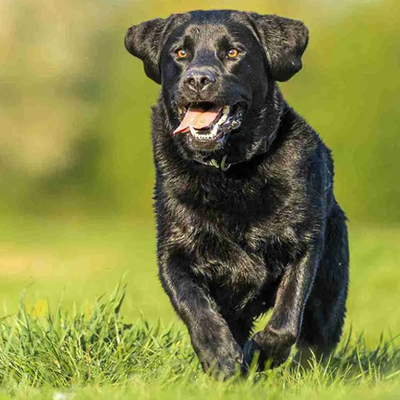
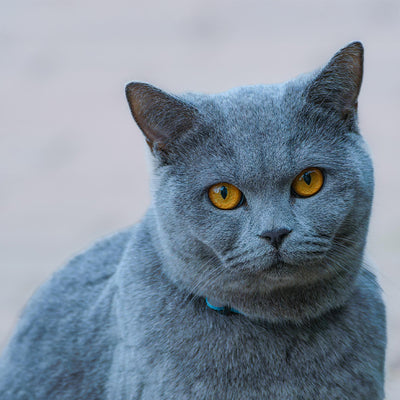
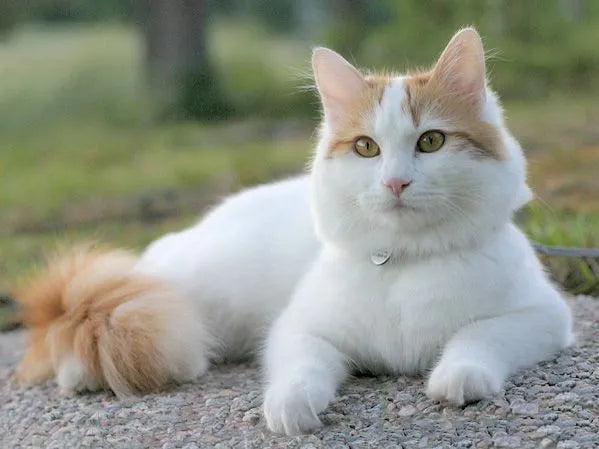
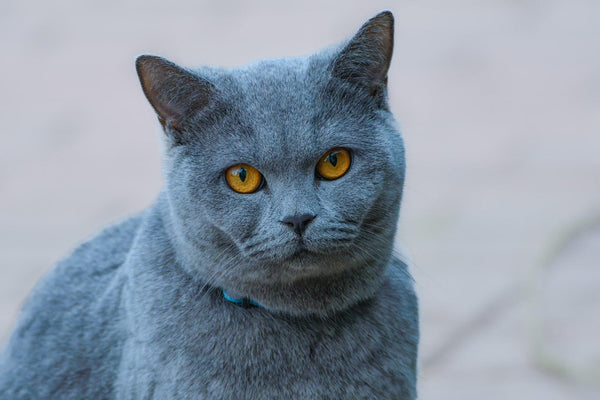
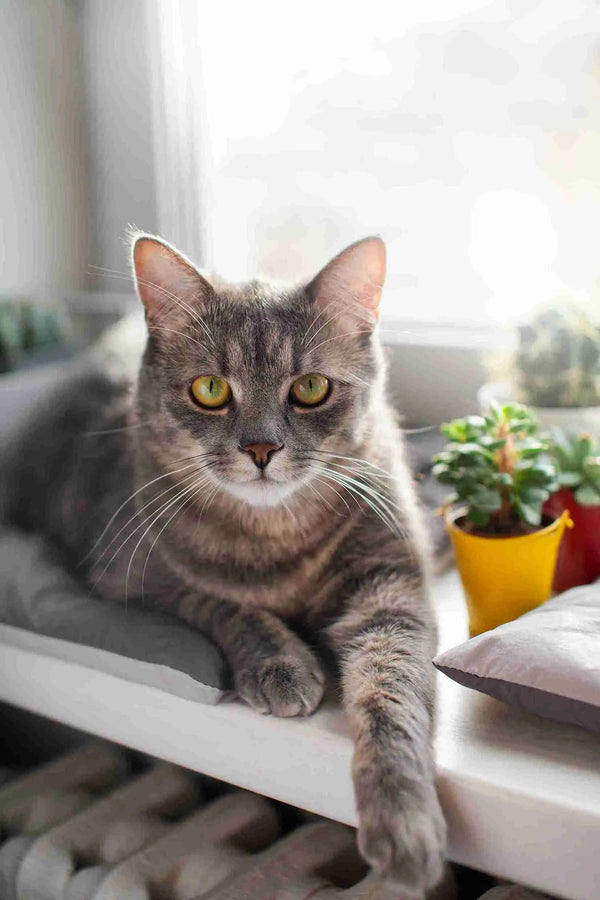

0 comments